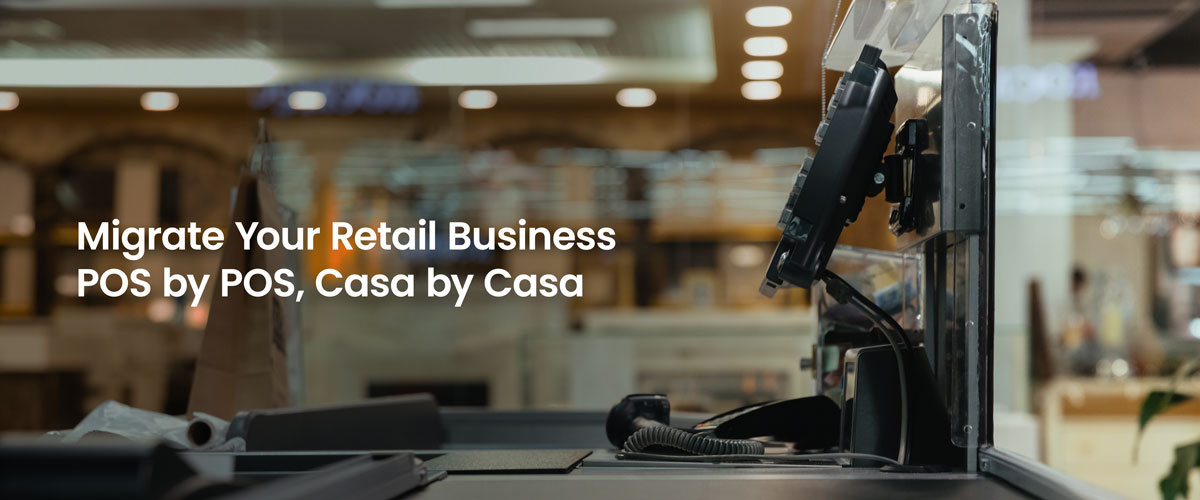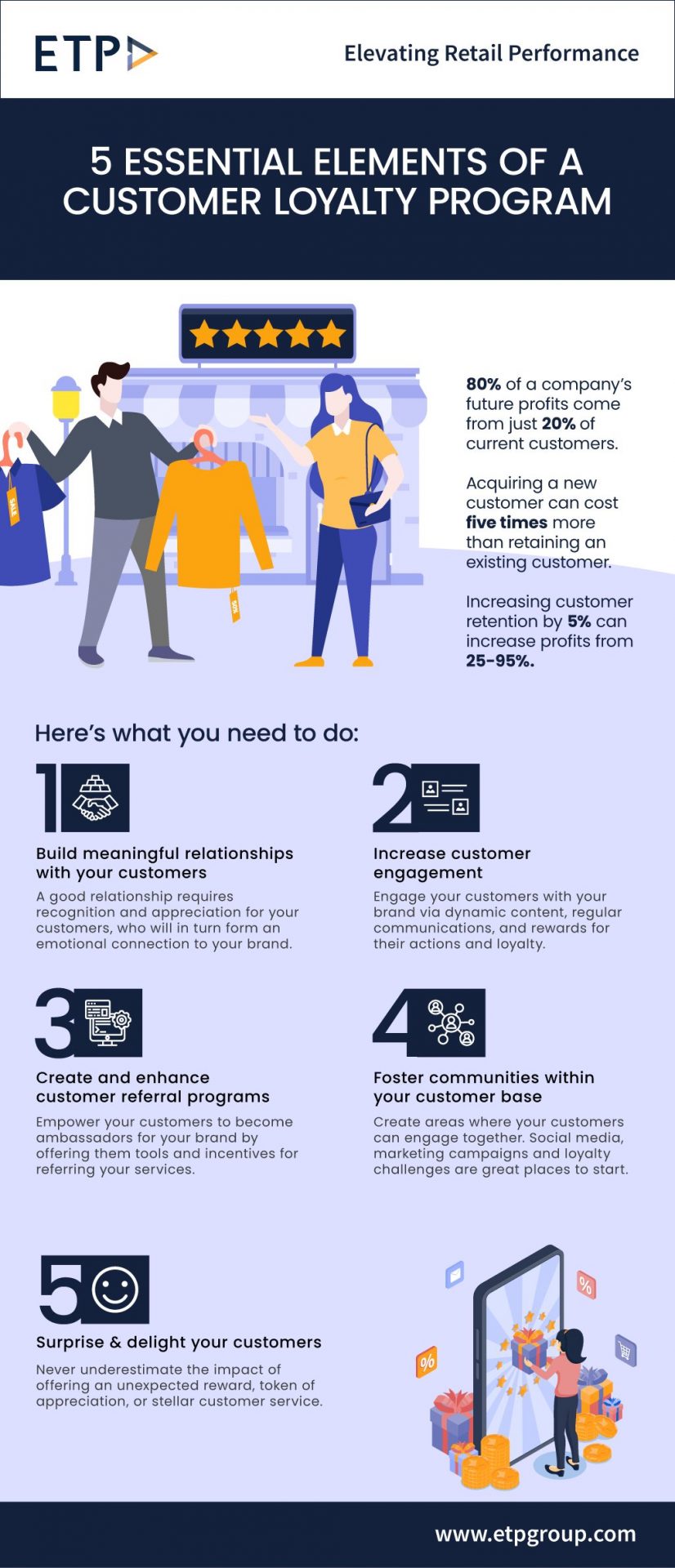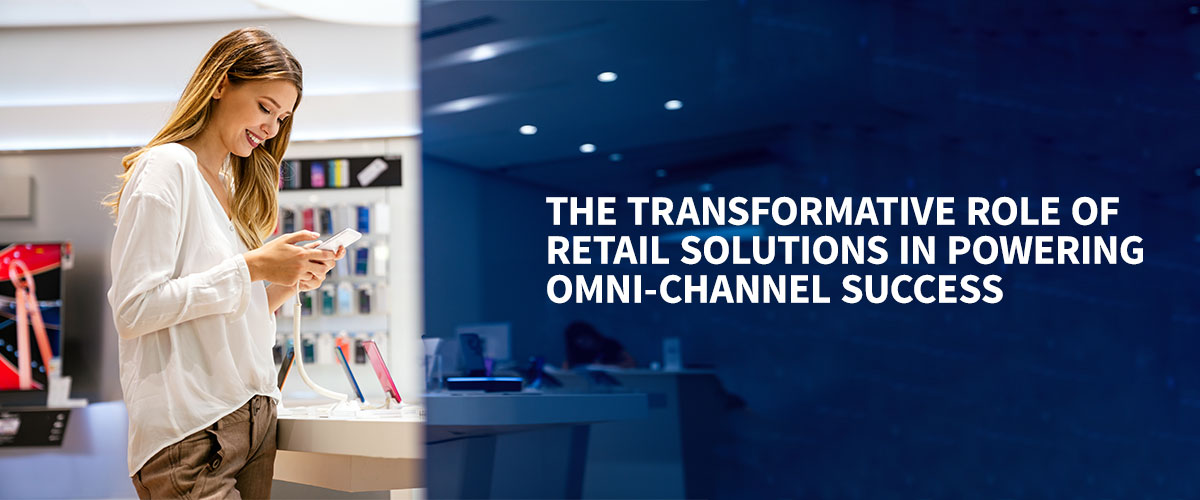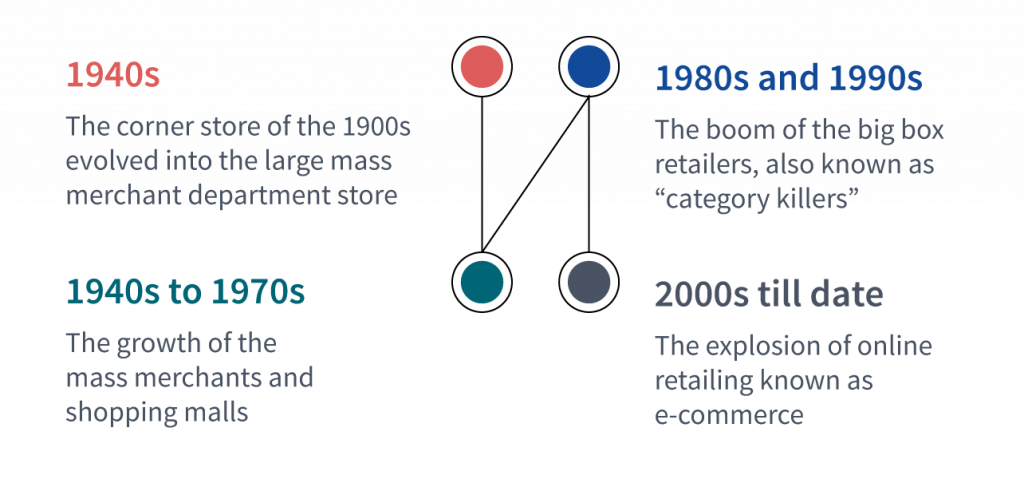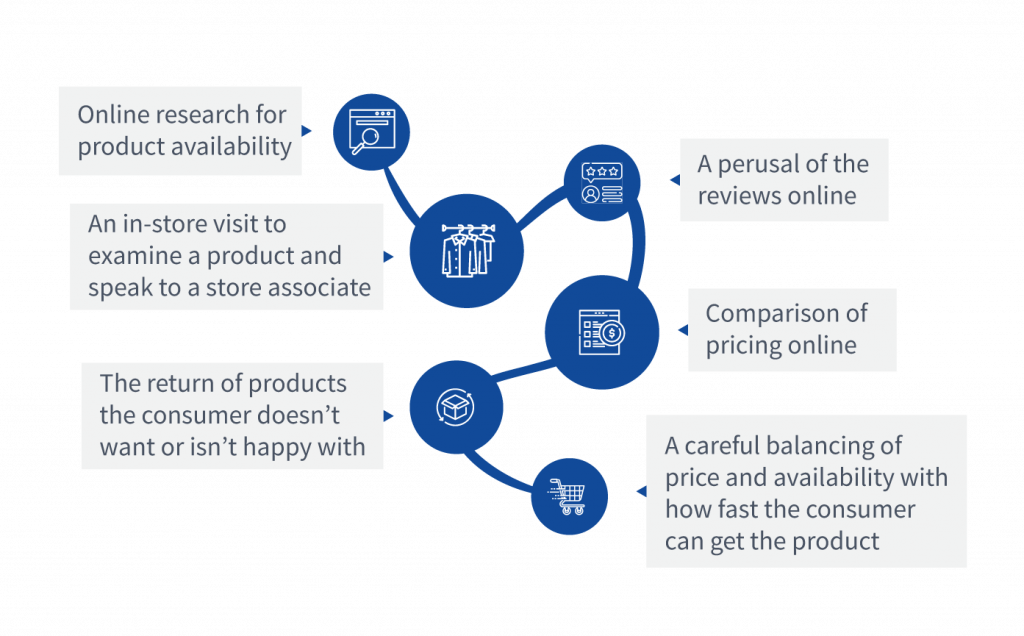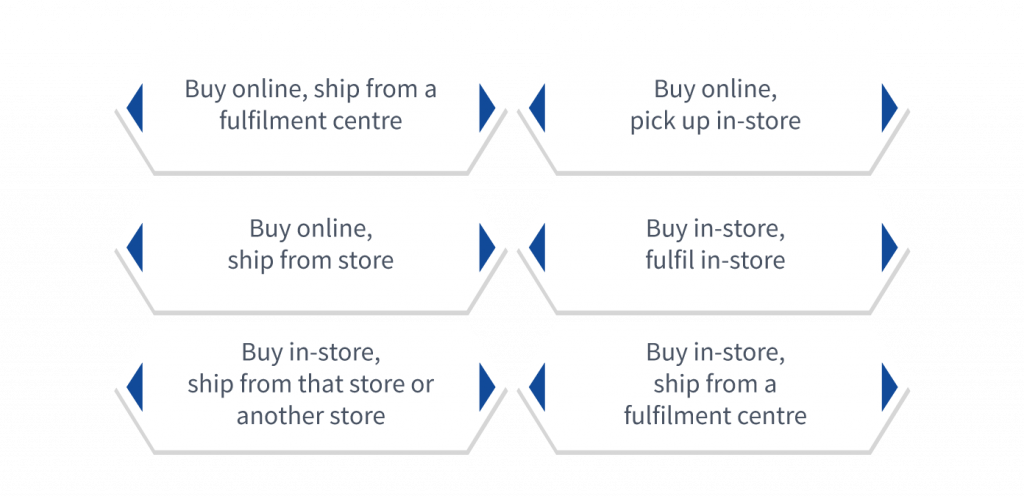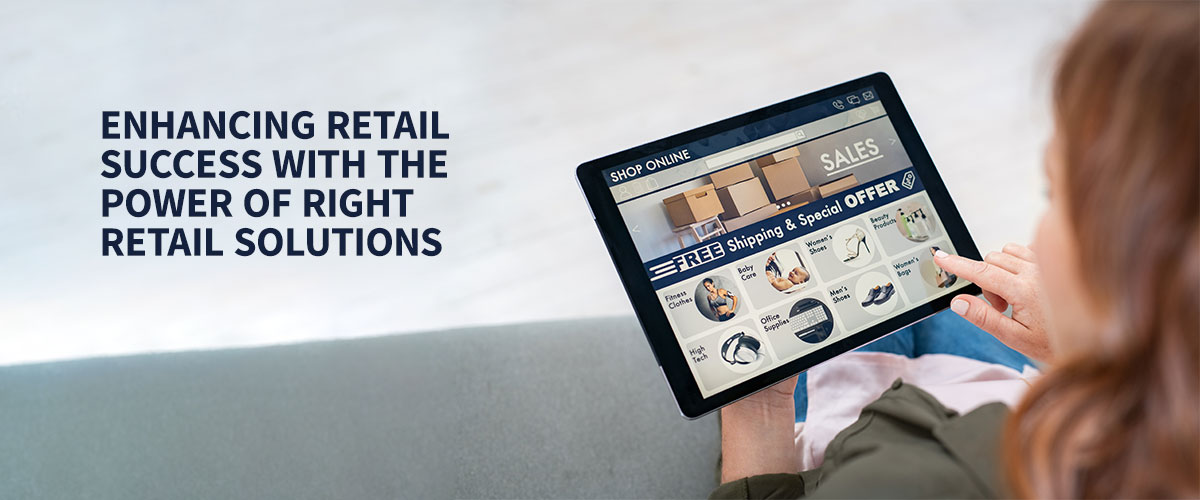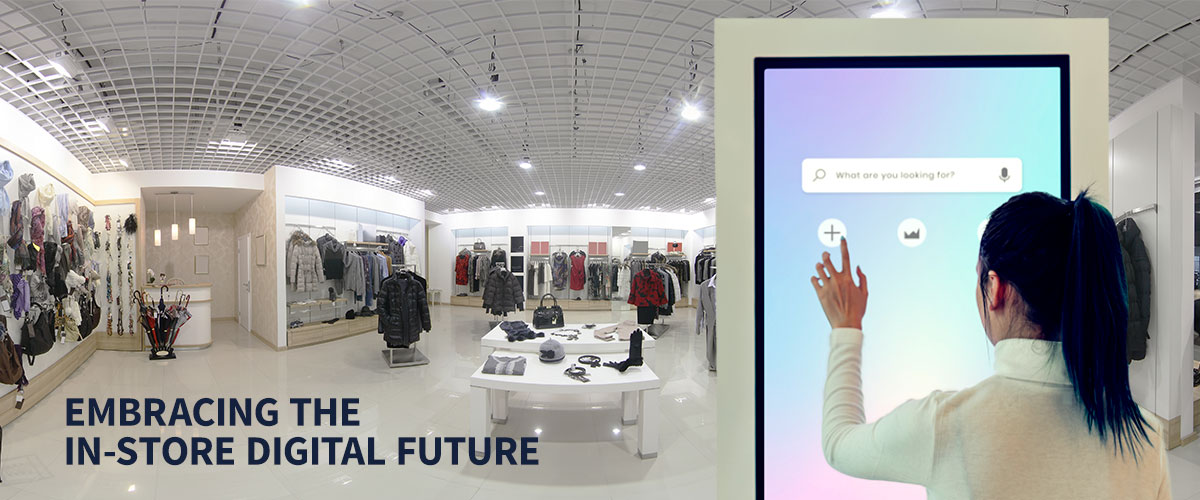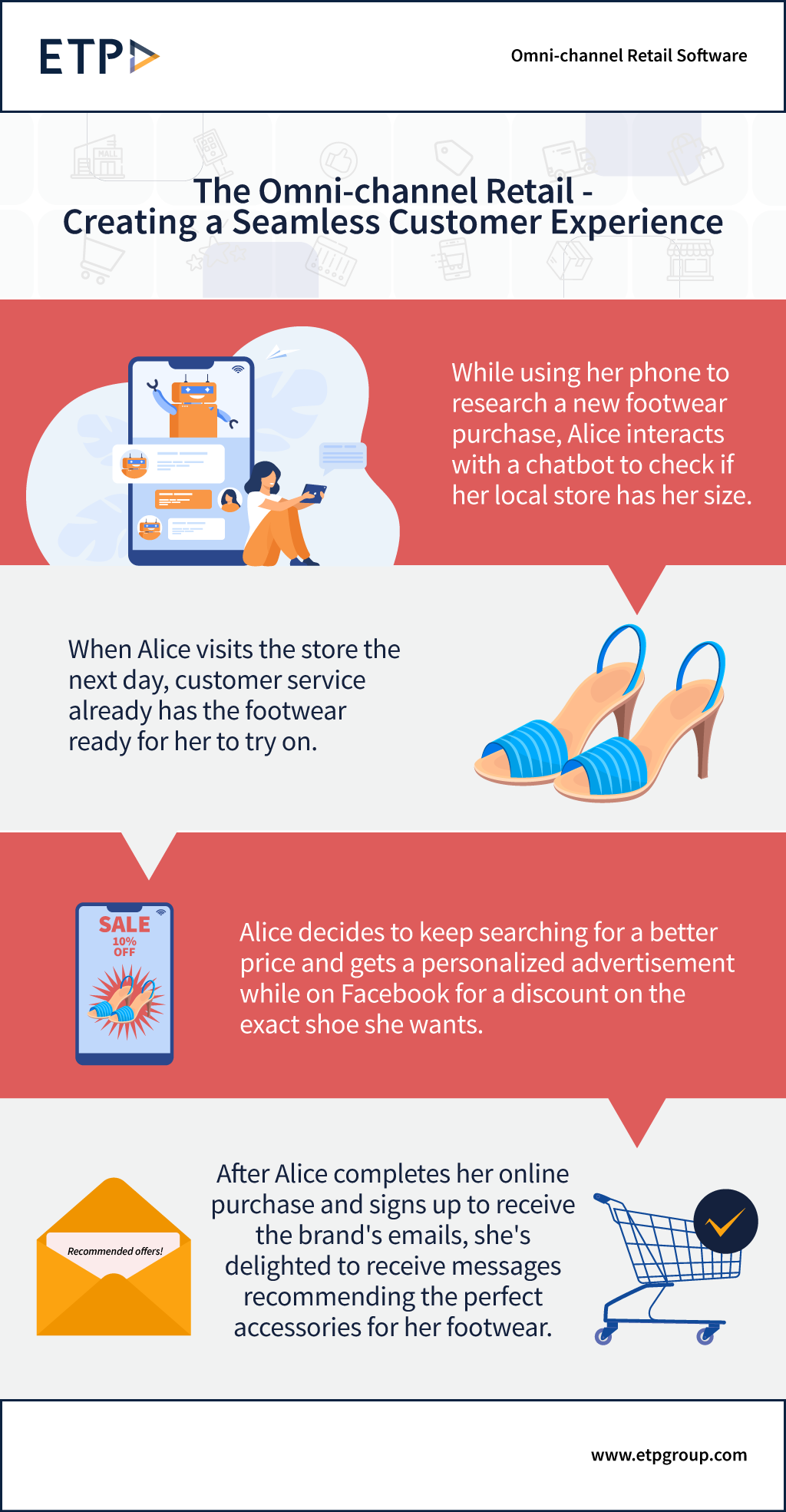
In today’s highly competitive retail landscape, staying ahead of the curve requires embracing the power of personalization. As customers increasingly expect tailored experiences, omni-channel retailing presents a valuable opportunity to engage and retain them. Retailers can provide a unified and personalized shopping journey by integrating multiple channels seamlessly. In this blog, we explore the numerous benefits that personalization brings to the table in the context of Omni-channel Retailing.
Enhanced Customer Experience
Personalization lies at the heart of delivering exceptional customer experiences in omni-channel retailing. By leveraging customer data such as buyer preferences, purchase history, and browsing behaviour, retailers can customize interactions across various touchpoints. Whether targeted product recommendations, personalized offers, or tailored content, customers feel valued and understood. This fosters loyalty and drives repeat sales.
Increased Customer Engagement
In the vast sea of marketing messages, personalized experiences stand out. Through omni-channel personalization, retailers can craft highly relevant and timely communications that capture customers’ attention and resonate with their needs. By connecting with customers deeper, retailers can boost engagement metrics, such as click-through rates, conversion rates, and social media interactions, leading to more increased sales and brand advocacy.
Seamless Channel Integration
Omni-channel retailing breaks down the barriers between online and offline channels, providing customers with a seamless shopping experience. Personalization plays a pivotal role in ensuring this integration remains smooth and consistent. By tracking customer interactions across channels, retailers can deliver contextually relevant experiences such as personalized recommendations, payment method, or order fulfilment option based on previous in-store purchases. This channel synergy enhances convenience, reduces friction, and strengthens brand perception.
Improved Customer Retention
Personalization has the power to transform one-time customers into loyal brand advocates. By understanding customers’ preferences and purchase patterns, retailers can anticipate their needs, proactively offering tailored recommendations and incentives. Retailers can foster stronger connections through personalized loyalty programs and exclusive perks, driving customer retention and reducing churn rates. Satisfied, loyal customers are likelier to promote the brand through word-of-mouth, referrals, and positive online reviews.
Efficient Marketing Spend
In traditional retail, mass marketing campaigns targeting a broad audience often result in wasted resources. Personalization in omni-channel retailing allows retailers to optimize their marketing spend by focusing on high-value customers. By analyzing customer data, retailers can identify segments with the highest potential for conversion and allocate marketing resources accordingly. This targeted approach ensures that marketing efforts reach the right audience, maximizing return on investment and minimizing waste.
Data-Driven Insights
Personalization in Omni-channel Retailing generates a wealth of valuable data. Retailers gain insights into customer behavior, preferences, and trends by analysing their interactions across channels. These data-driven insights provide a competitive advantage enabling retailers to make informed business decisions. From product assortment planning to inventory management and pricing strategies, personalization-driven data empowers retailers to optimize operations and stay ahead of market trends.
As the retail landscape continues to evolve, personalization remains a powerful tool for success in omni-channel retailing. It helps retailers to thrive in a highly competitive environment by enabling them to offer enhanced customer experiences, foster engagement, and drive customer loyalty. The seamless integration of channels, improved customer retention, optimized marketing spend, and data-driven insights further cement personalization as a strategic imperative for retailers. By embracing personalization in omni-channel retailing with ETP V5, ETP Group’s robust and outstanding retail software solution, retailers can create meaningful connections with customers, delivering tailored experiences that leave a lasting impact.

